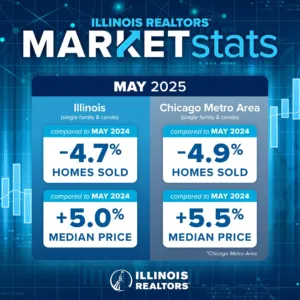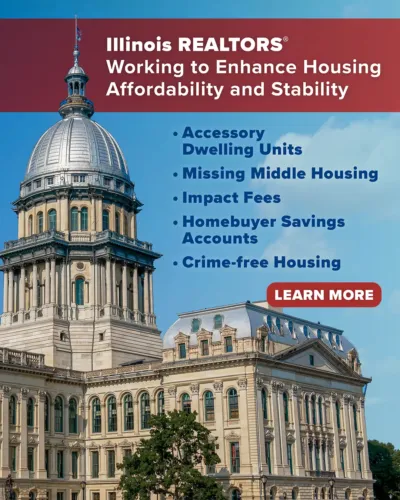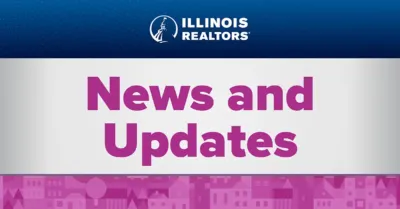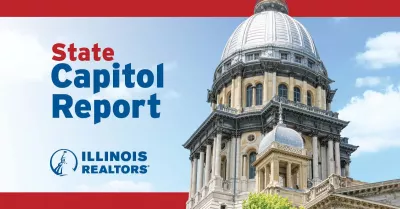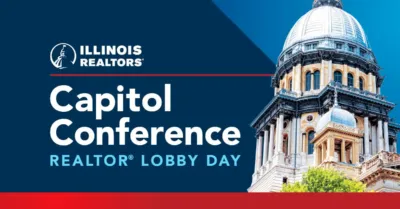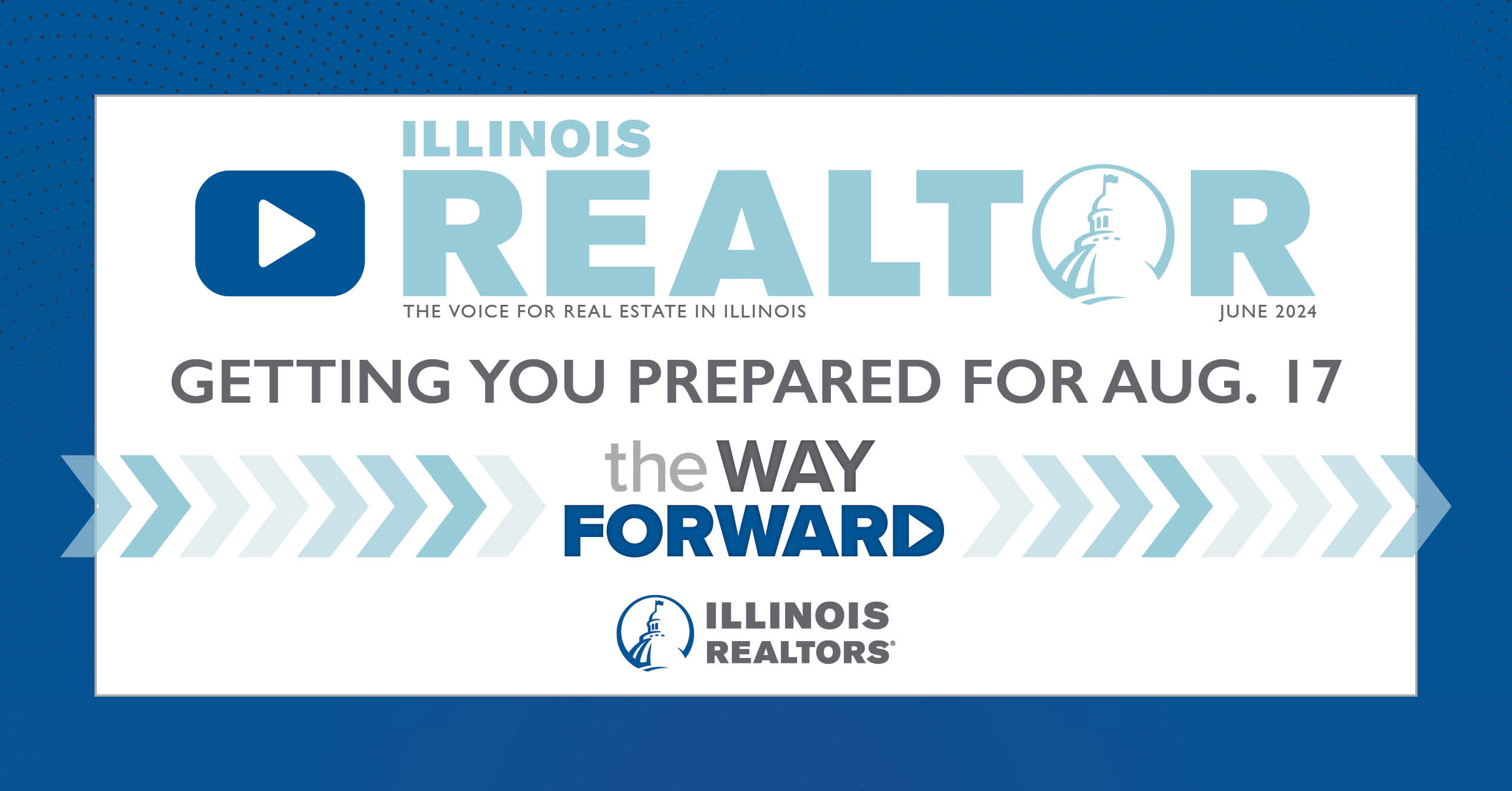By the end of 2020, things weren’t any clearer than when we first began the roller coaster that COVID-19 unleashed earlier in the year. Toss in a presidential election, wildfires out west and eviction moratoriums and it has been an interesting time in commercial real estate.
Here are a few of my predictions on the direction of various commercial market segments in the new year.
Retail
Pain and more pain in 2021. Already oversupplied and being hammered by online shopping, there is no good news for the retail segment coming any time soon. Creative reuse of malls for residential use and even conversion to industrial distribution space will be a growing trend.
Multifamily
After overheating for several years, this segment has hit the “pause” button. Job losses during COVID-19 have hit many who live in apartments and eviction bans will expire in 2021, creating some painful moments. Those who bought buildings on pro-forma at low cap rates may soon regret that decision as their income falls, evictions rise and property taxes creep up.
Office
A bleak 2020 may lead the office sector to a slightly better 2021 as office users shift from downtown high-density properties. Fatigue from “work at home” will drive more users back into the market as COVID-19 settles, but expect fewer “open concept” layouts and a return to private offices/workspaces.
Industrial
Red hot and getting hotter. This segment has received an incredible boost during the pandemic, with millions of square feet in planning or under construction. Development is focused on big-box distribution, however small incubator/flex-type buildings can be hidden investment gems for those investors who are unable to find a multi-family property that makes any sense.
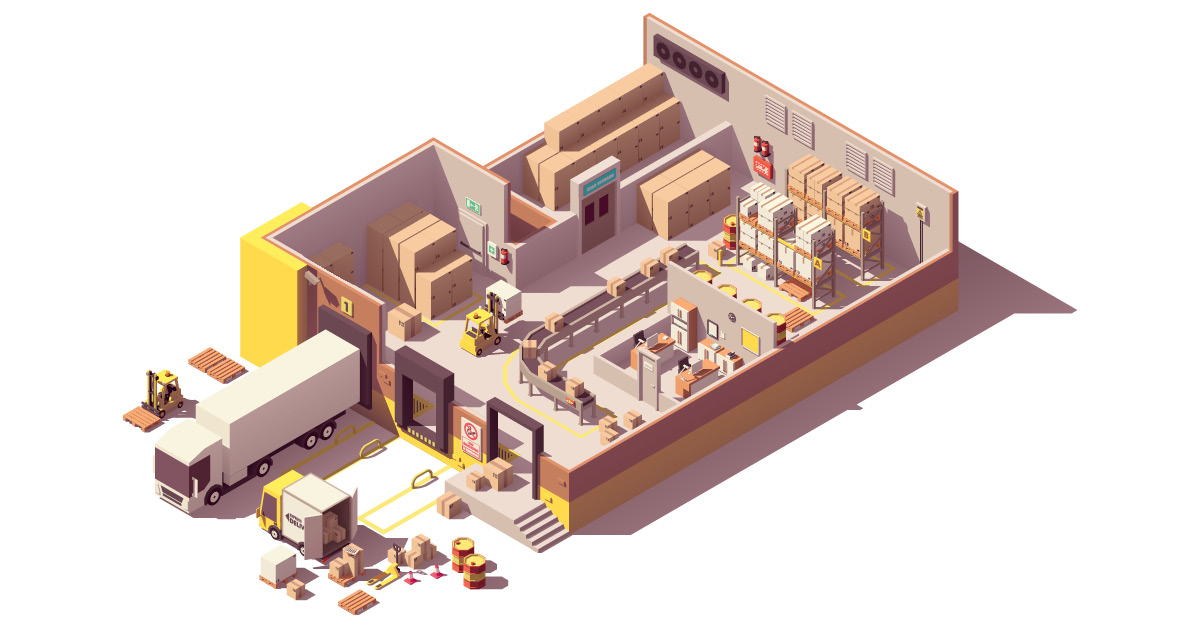
Debt
The debt markets were a bright spot in 2020. Mortgage rates are at incredible lows and lenders are eager to deploy capital. Many investors are weighing the idea of buying into a potentially declining market against the long-term impact of low-interest debt on their yield. Small Business Administration financing is a powerful option and makes a buy vs. lease analysis very interesting indeed.
Property taxes
While not a commercial property class, property taxes in Illinois, and especially Cook County and Chicago, must be considered. In November, the Chicago City Council voted to increase property taxes by $93.9 million in 2021. The Cook County Assessor also raised assessments on commercial properties by 56 percent in the south and west parts of the county. These increases will have a negative impact on commercial real estate segments that have already been battered by COVID-19.
 REALTOR® Alex Ruggieri, CRE, CCIM, CIPS, SEC, is a contributing editor to Commercial Corner. He is a senior investment advisor with SVN-Ramshaw Real Estate in Champaign.
REALTOR® Alex Ruggieri, CRE, CCIM, CIPS, SEC, is a contributing editor to Commercial Corner. He is a senior investment advisor with SVN-Ramshaw Real Estate in Champaign.
Spotlight on retail vacancies
By Wayne Caplan
There is no question the retail sector was already in a pre-COVID downward spiral. Now retail landlords must figure out how to navigate more vacancies as well as tenants that either can’t pay rent or can only pay a portion. From a planning standpoint, the evolution of consumers turning to online channels to buy, coupled with the negative effect of COVID-19 on business openings and lease renewals, is more than a double-whammy.
Many tenants can’t—or won’t—pay their contracted rent while the pool of potential replacement tenants is ever smaller. Many tenants who have been absorbing space over the past several years are waiting out the crisis. Urban downtown/Central Business District retail spaces have been hard hit as the lack of employees going to the office has caused an almost complete erosion of downtown retail customers.
So, how should landlords plan around this? They have to be flexible with their existing tenants. Even if a tenant is not paying full or any rent for a while, it’s much easier to work with an existing tenant than it would be to find a new one in this environment and for the foreseeable future, especially in urban Central Business District areas. This will cause a potential cash-flow crunch for landlords, as they still have to pay operating expenses, insurance, real estate taxes and their mortgage.
Proactive landlords are openly communicating with their lenders to see if they can get short-term relief on their debt payments. Those who are able to get debt relief are in a better position to keep their existing tenants in place rather than having to spend time and money on leasing commissions, tenant improvements and the landlord work required to attract new tenants.
Retail landlords will need to be on top of their upcoming lease expirations so they can plan ahead if tenants are not going to renew. The earlier you have that information the better, since it is almost certainly going to take longer to lease retail spaces.
New tenants will be more demanding in all aspects of the retail lease negotiation: rental rate, abatement, tenant improvement allowances and landlord work. And count on them to make offers on multiple spaces while negotiating with you. Tenants will likely also negotiate a “COVID-19 Clause” in their leases, allowing them to either pay lower rents—or in some cases zero rent—if there are government restrictions that affect their ability to operate.
Another potential landmine is co-tenancy clauses, where one tenant’s lease is dependent on another tenant operating in a property, a common arrangement in malls. If an anchor tenant such as a department store leaves a property, other tenants may also be able to terminate their leases and/or pay discounted rent for a prolonged period of time while the anchor tenant is not operating. It is vital that landlords keep their anchor tenants operating.
It is not an easy time for retail landlords, but being proactive, planning ahead and being flexible are keys to getting through this uncertain time.

Wayne Caplan is a Senior Vice President for SVN | Chicago Commercial, specializing in the sale and leasing of retail, investment and development properties.

